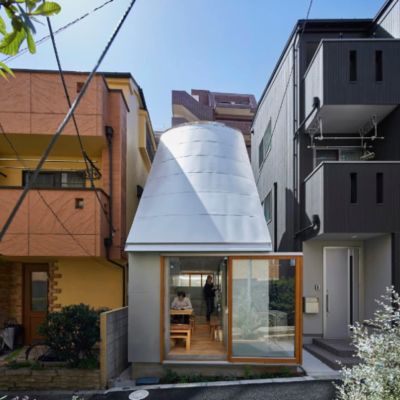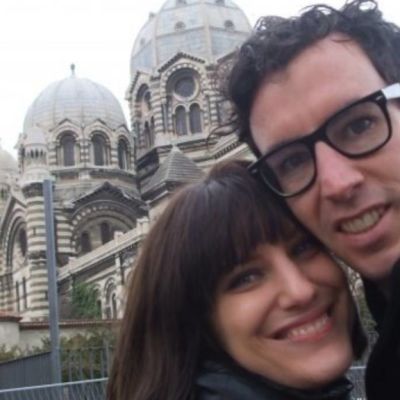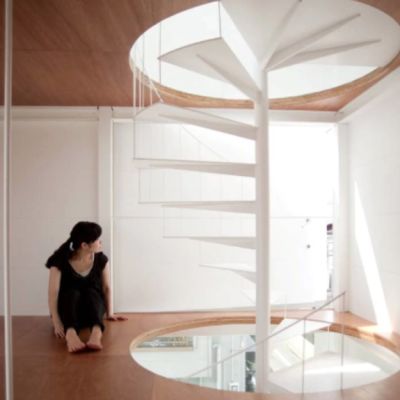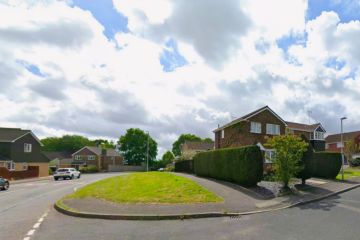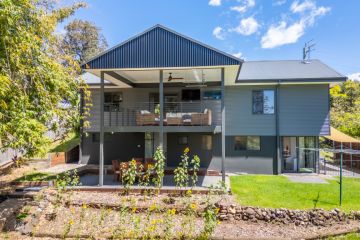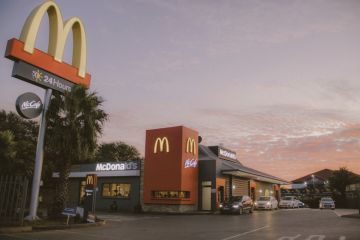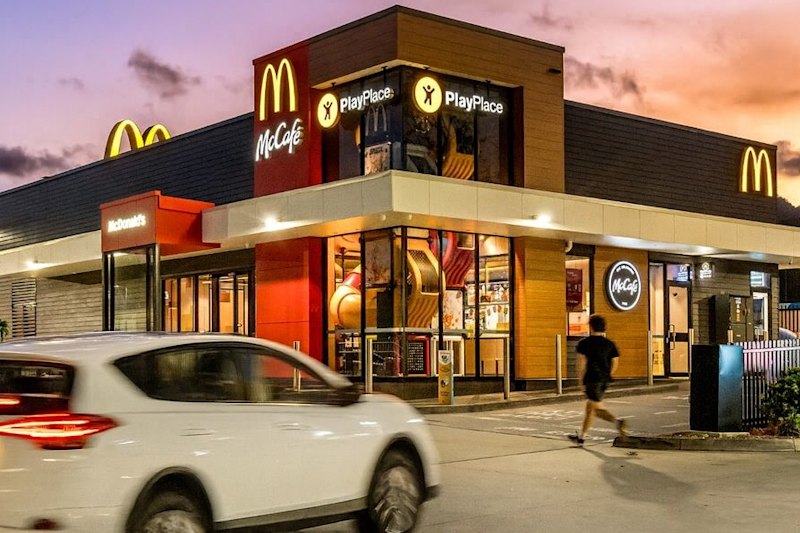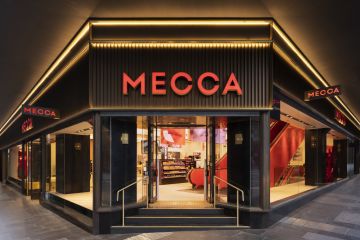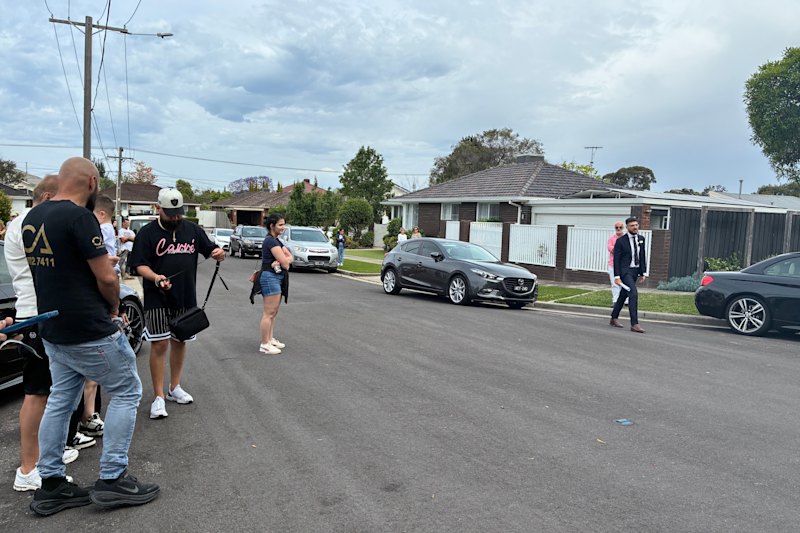Super-dense architecture is common in Asia's biggest cities. Could it happen in Australia?

As populations rise and more people move into cities, personal space contracts.
Historically, Australians aren’t used to compact living; instead, we have built some of the biggest private houses in the world. That is until the recent generation of architects began responding to spiralling housing and energy costs by designing dwellings on smaller footprints.
In Asia, which has more than half the world’s megacities, dense living has been the norm for generations.
In tall, dense cities such as Hong Kong, even already small apartments are routinely being subdivided, some incredibly up to four times each. A single family can end up occupying – cooking, washing, bathing, studying and using a lower bunk bed as a lounge – a unit little bigger than a car parking space.
Could this happen here? Melbourne is in a growth spurt that could boost the city’s population to 8 million by 2050. Sydney is dealing daily with the commuter grind bought on by chronic and increasing arterial transport congestion.
Increased density will shape our future cities. What that might look like and what opportunities that might present are explored in a multi-faceted new exhibition, Super Tight, which opened in Melbourne on the weekend.
It focuses on the current realities of the Asian super cities, or “the super laboratories of the tight” such as Ho Chi Minh City, Hong Kong and Tokyo. The exhibition was created to encourage current and future architects and planners to look at the new urbanism that will be “a by-product of unprecedented metropolitan convergence”. Curated by architects and academics from RMIT’s famous architecture school, Graham Crist and John Doyle, the exhibition within the University’s Design Hub involved 14 artists and architects.
With film, graphic and spatial experiences – in the form of a sit-in version of a tiny Tokyo bar and a walk-through model of one of Ho Chi Minh City’s corridor-like yet essential thoroughfares or “Hems”, visitors will emerge with a strong impression that urban compression will not only be about shrinking scales but about the relationships between things.
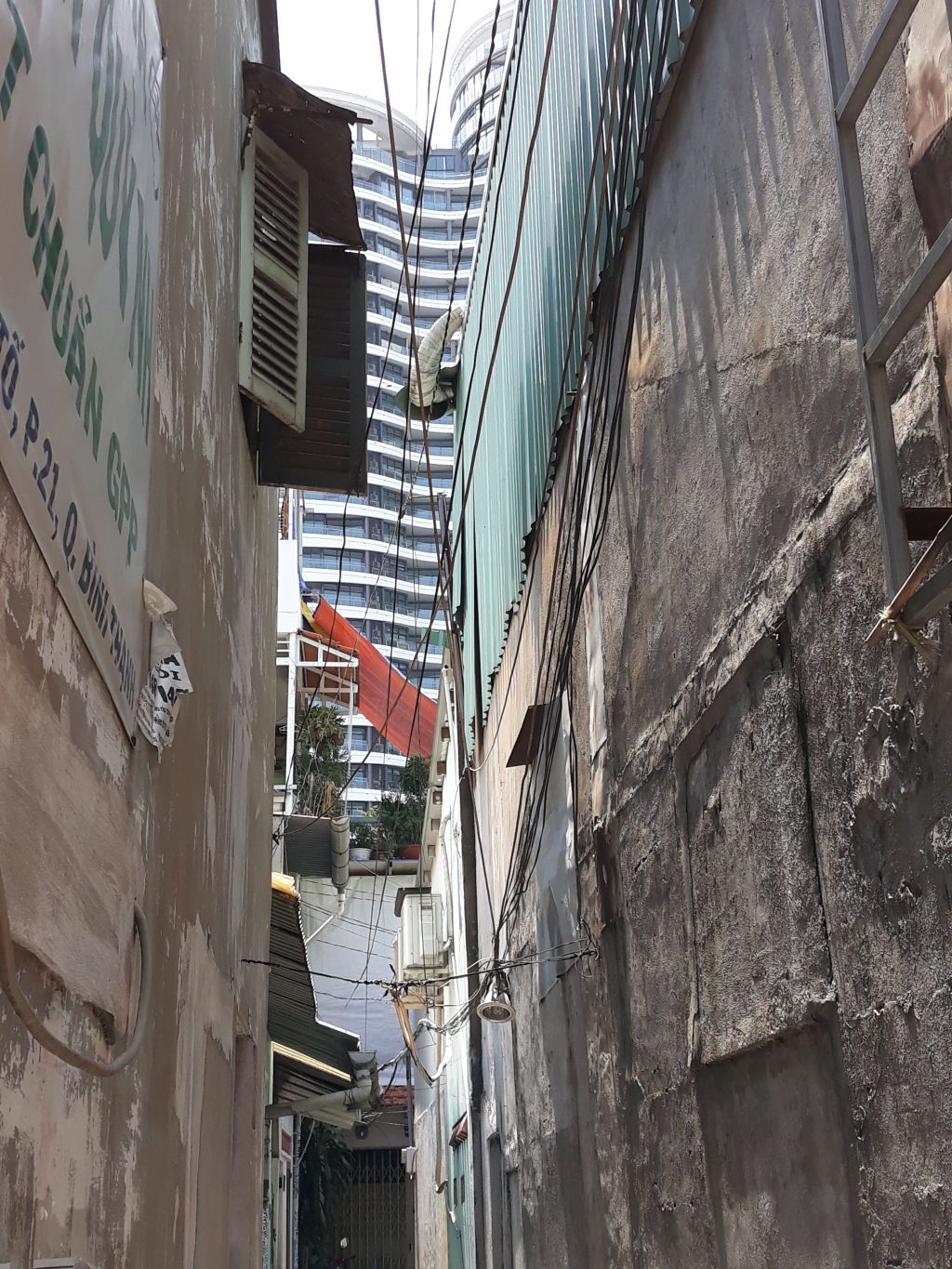
While the “Tight Cinema” element gives neck-craning, close-up views of human activity within the hyper-dense scenarios of these big Asian cities, one of the stars of the show is the graphic work of Japanese architect Professor Yoshiharu Tsukamoto, of Atelier Bow Wow. Tsukamoto not only designs small homes and micro shops in what he calls “the leftover spaces” of Tokyo, he is also fascinated by the way the city’s fine-grain fabric has evolved since it began to emerge from the debris of World War II.
Giving one of the keynote lectures of the exhibition that was also part of Melbourne’s Open House weekend, Professor Tsukamoto showed “the often strange hybridity” of structures that result “from the tightness of the city”. There is the department store through which a major highway transits, and a paper warehouse whose roof hosts several tennis courts.
He also showed a series of images of what he defines as Tokyo’s “Pet Architecture”: a tiny French restaurant that is 1.2 by 10 metres in total space, a real estate agency that is “efficient” even though part of its frontage is 80 centimetres wide and a wedge-shaped motorcycle shop that at its narrowest point is just 30 centimetres wide.
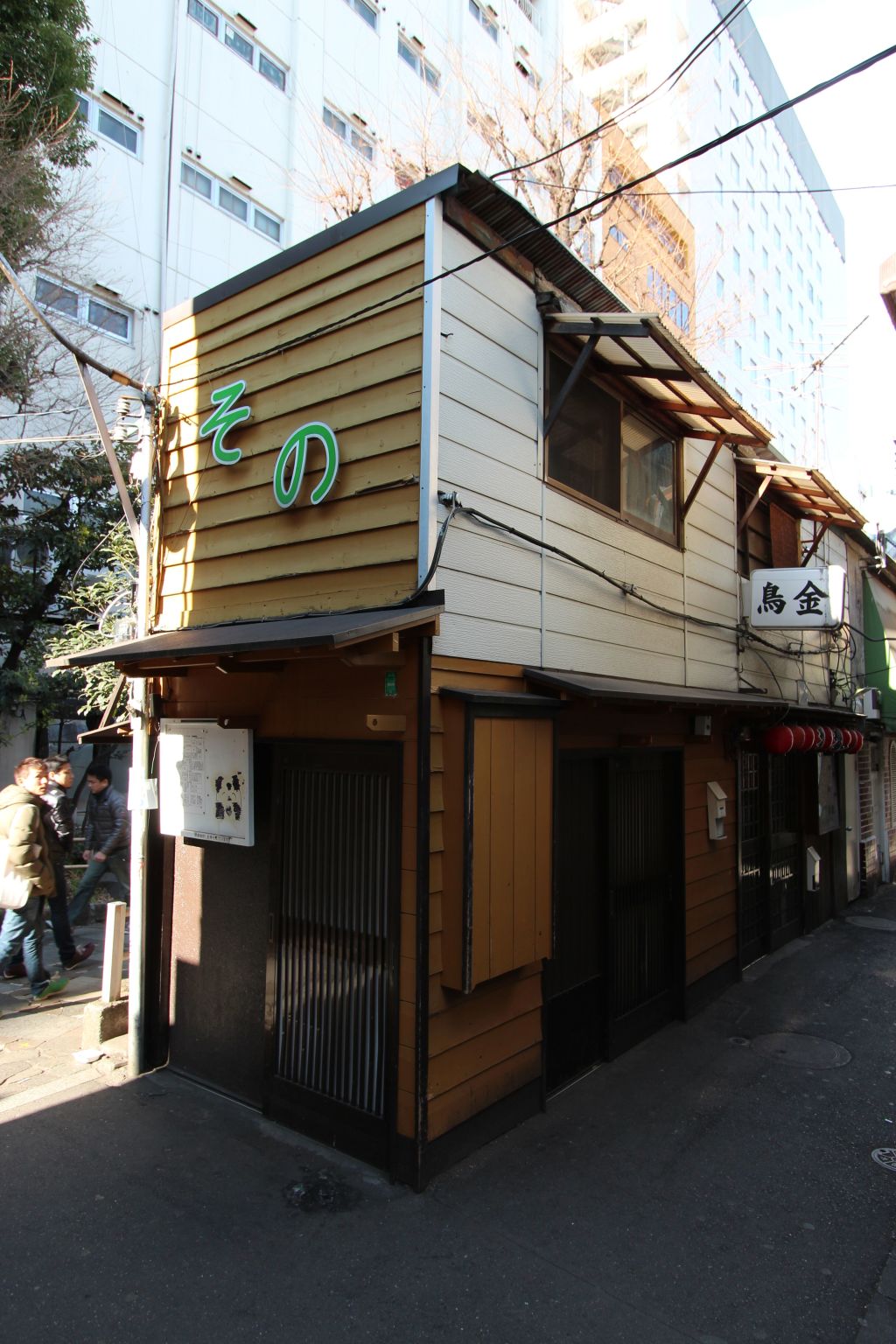
“Pet architecture”, he said, “is really quite an interesting phenomena.”
Professor Tsukamoto designed a family-accommodating “House Tower” that is 2.4 metres by 6 metres by 13 metres high, and lives and accommodates his practice and staff within his own Tokyo home.
He believes, along with the curators, that hyper-density is a situation that is at once challenging and full of opportunity.
A “very interesting quality of tightness,” he said, “is adjacency. Because as buildings grow and adapt to adjacency, it will create some very interesting conditions in the 21st century, which is a rapid transformation century.”
Super Tight. RMIT Design Hub Gallery, Tuesday-Saturday until September 21. Corner of Victoria and Swanston streets, Carlton.
We recommend
We thought you might like
States
Capital Cities
Capital Cities - Rentals
Popular Areas
Allhomes
More
- © 2025, CoStar Group Inc.
